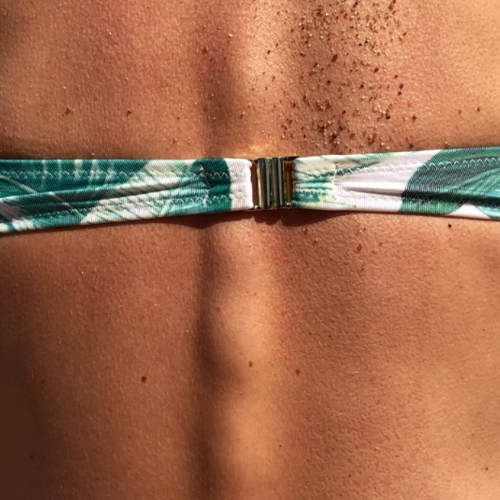

Intraoperative three-dimensional fabrication of living tissues could be the next biomedical revolution in patient treatment.
We developed a surgery-ready robotic three-dimensional bioprinter and demonstrated that a bioprinting procedure using medical grade hydrogel could be performed using a 6-axis robotic arm in vivo for treating burn injuries.
We conducted a pilot swine animal study on a deep third-degree severe burn model. We observed that the use of cell-laden bioink as treatment substantially affects skin regeneration, producing in situ fibroblast growth factor and vascular endothelial growth factor, necessary for tissue regeneration and re-epidermalization of the wound.
We described an animal study of intraoperative three-dimensional bioprinting living tissue. This emerging technology brings the first proof of in vivo skin printing feasibility using a surgery-ready robotic arm-based bioprinter. Our positive outcome in skin regeneration, joined with this procedure’s feasibility, allow us to envision the possibility of using this innovative approach in a human clinical trial in the near future.
By Albouy Marion ,Desanlis Adeline, Brosset Sophie ,Auxenfans Celine, Courtial Edwin-Joffrey, Eli Kyle, Palmer Justin, Vidal Luciano, Thépot Amélie, Dos Santos Morgan, Christophe A- January 2022
GBA Group is a leading group of laboratories with a solid reputation backed by over…
Now, INTECH CO. developed stripping tape to collect Dead skin cell. - Basic Skin Research…
K-Beauty's Global Takeover: A Success Story The Korean beauty industry has achieved an unprecedented milestone:…